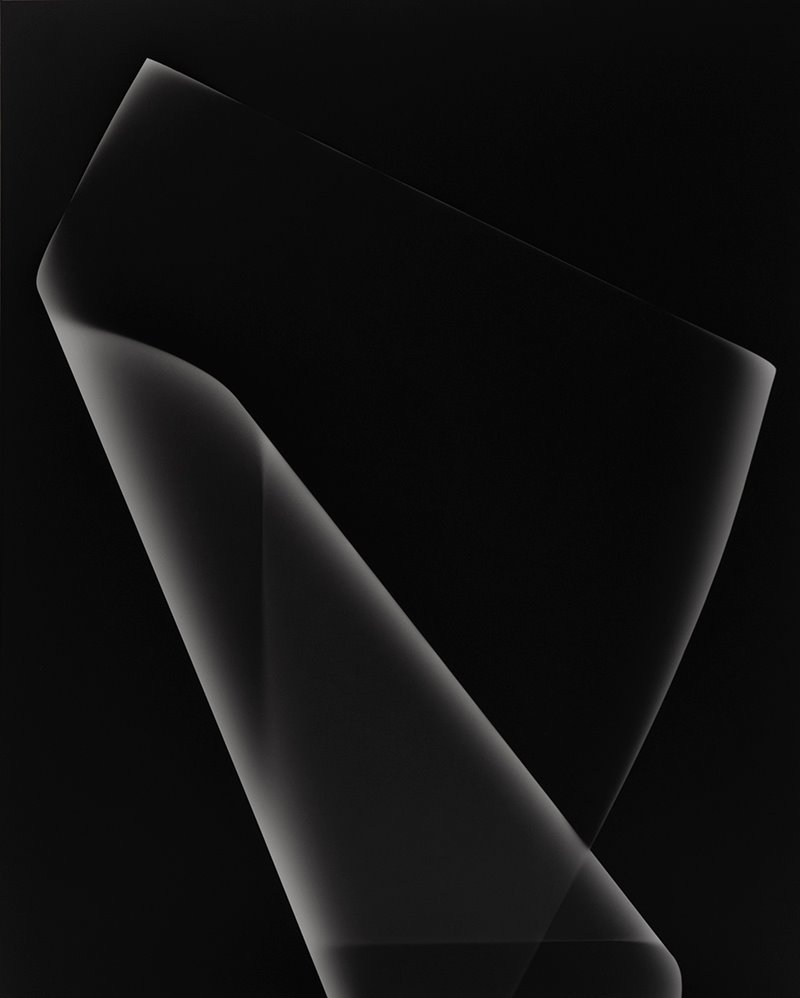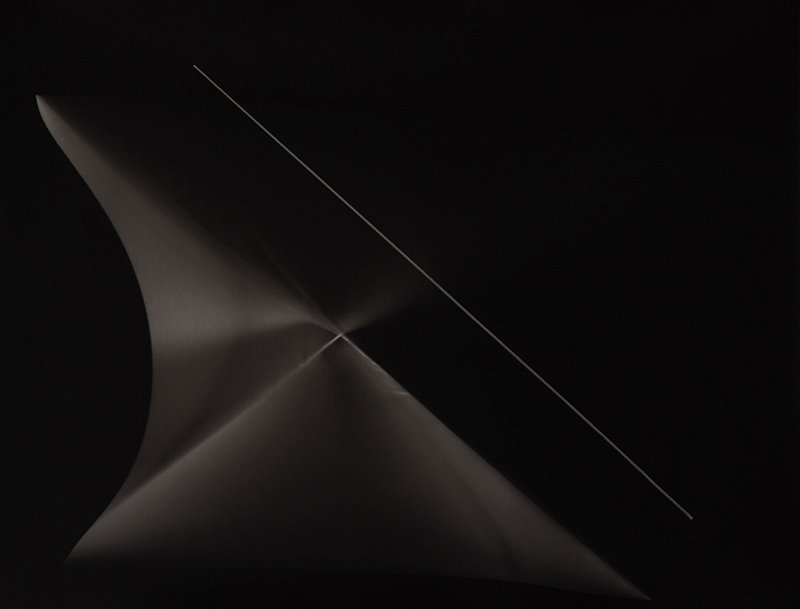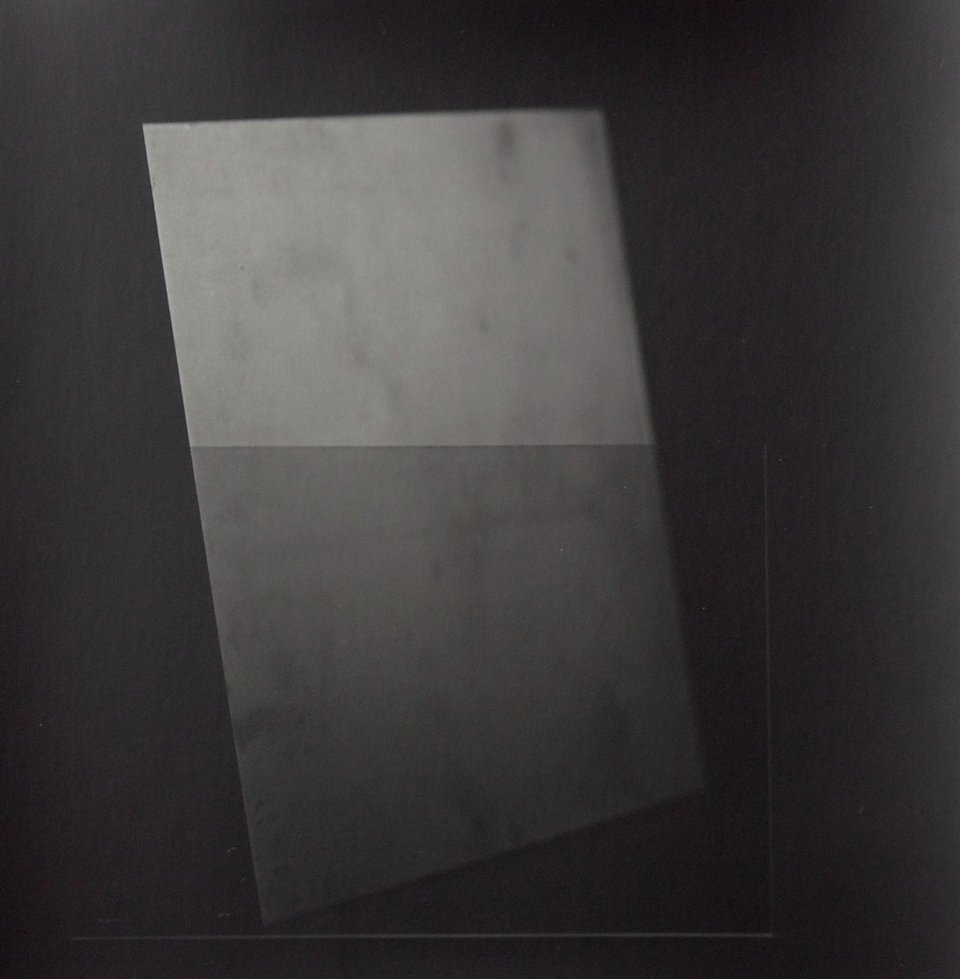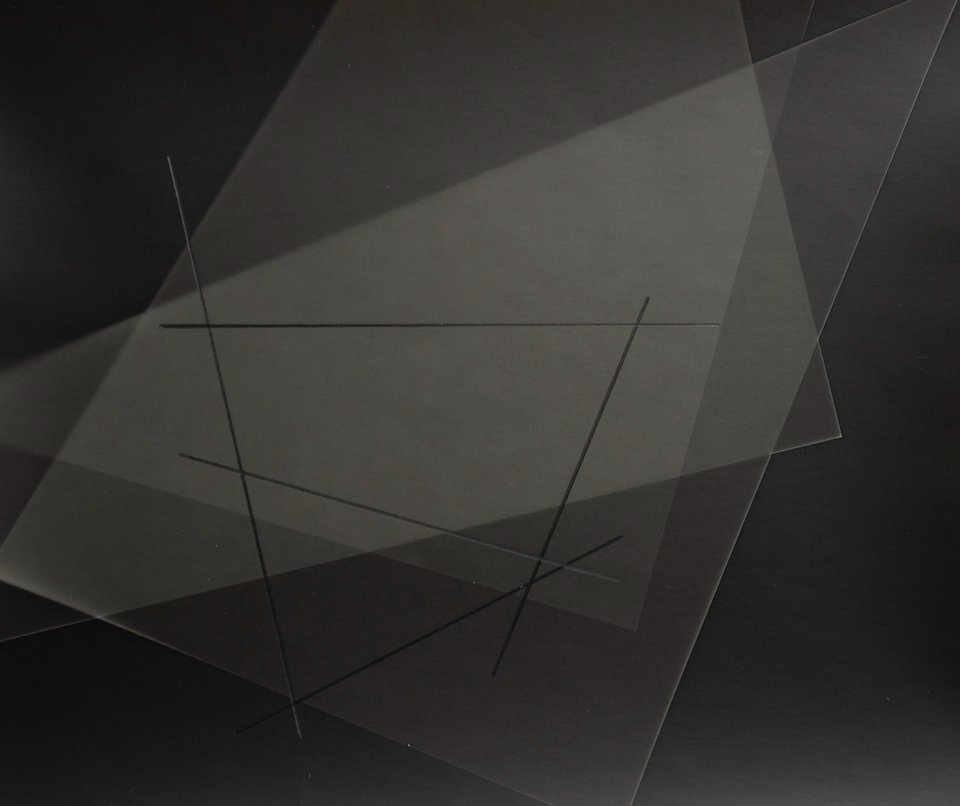
Untitled [Folded paper construct 6] 2021 20x25.5cm Silver gelatin print

Untitled [23.6.4] 2021 40x50cm Photogram Unique silver gelatin print

Untitled [BF 1] 2020-22. 24x18xm Graphite on photogram Silver gelatin

Untitled [Brelingen 132-4] 2019

Untitled [Exposure 21- 15.2.22-2] 2022

Untitled [Frank Lloyd Wright model 7] 25.2x20cm Silver gelatin print